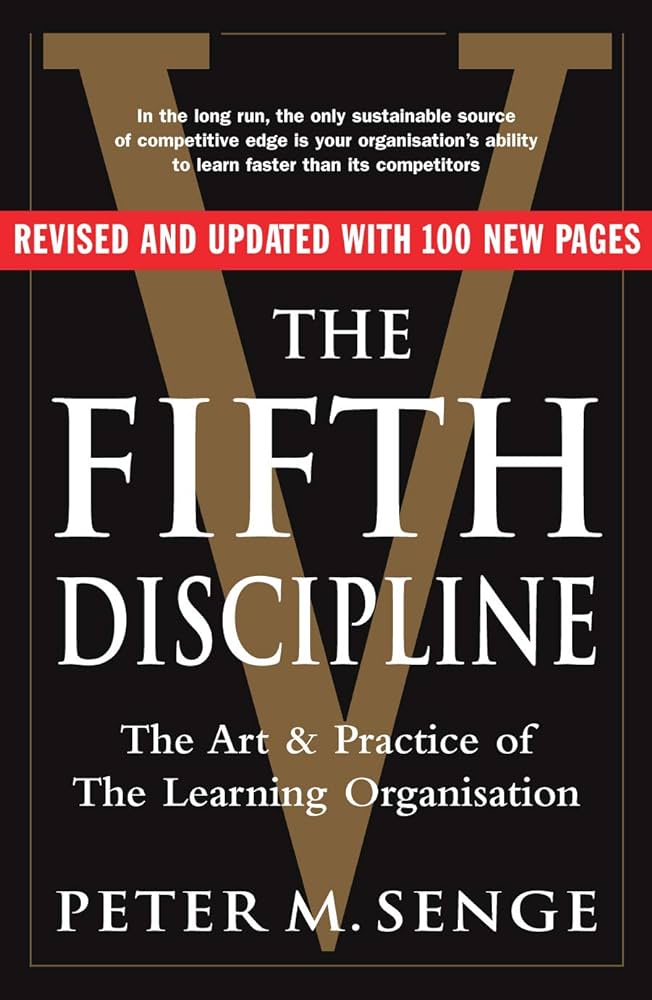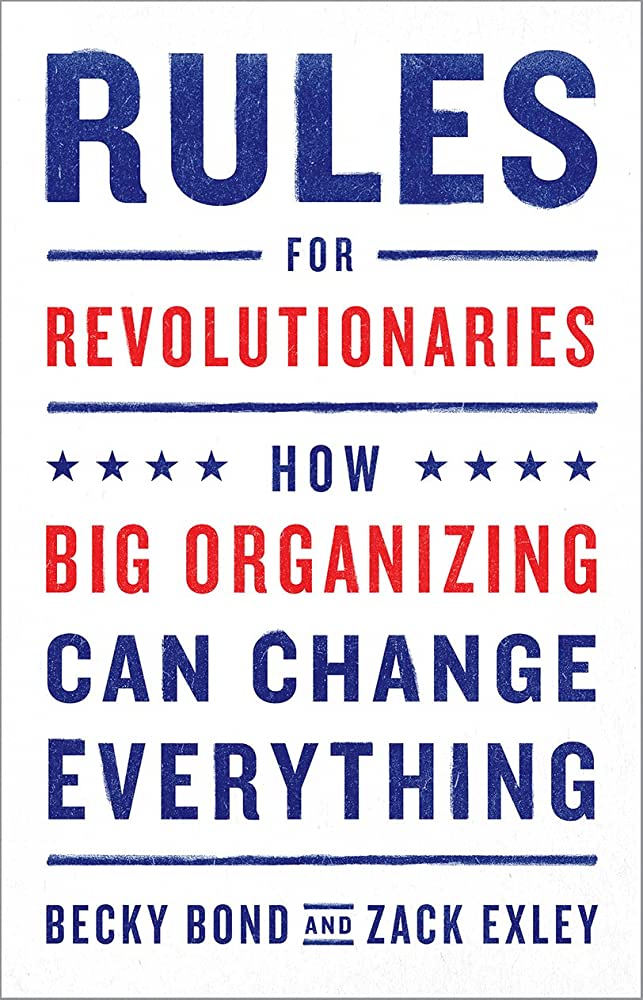Thinking, Fast and Slow
RATING


This book is a seminal piece which works within the cross section of psychology and economics written by Nobel prize winner Daniel Kahneman. This book is truly special because it exposes the reader to the elemental basics of human decision making, laying out how and why we do what we do. What it boils down to is that we have two systems in our brain which fight over who’s in charge which makes us prone to errors and critical decision mistakes. Kahneman is an active professor at Princeton University and won the Nobel prize in economics for his work on prospect theory. A fascinating fact and one that is clearly reflected throughout the topic and the book is that he in fact is not an economist by education, but he is rather a psychologist.
Fundamentally the idea within the book is summed up within the title itself. We have two systems of thinking in our brains. First is our conscious mind, the little voice in your head where you need to consciously make a decision such as solving a difficult math problem. The second system is automatic which is what helps you catch a falling child or pull your hand away from a hot stove. The basic premise of the book is that while we have these two systems at our disposal, behavioral psychologists have found that our brains are lazy and keep us from using the full power of our intelligence most of the time. What this means is that there are many moments when your brain takes in information and instead of processing all of it, it uses your fast reflexive thinking to make a quick judgement. More times than not this thinking doesn’t give you the right answer or the full picture. Therefore, an important lesson which we can takeaway is that when you’re making decisions about money, you should leave your emotions at home, and force yourself to critically think about the information available to you before making a decision.
Nobel prizes aren’t handed out like candy and “Thinking Fast and Slow” is a clear demonstration of Kahneman’s intellect and knowledge. The details and insights into the human mind, decision making, rationality and irrationality, and the economic implications are truly fascinating. He provides a scientific basis for everything he writes about, and on a level which can be grasped by the average reader. Furthermore, he goes in with initial hypotheses, then provides experimental examples, and then provides a basic data analysis of those very same examples.
This is a long book with a plethora of insights and lessons to learn. Unfortunately, this makes it not an easy read nor a short read, very similarly to other books in this field. Furthermore, from a certain perspective this book never comes to any other conclusions other than the fact that because you are human these are pitfalls that you will never be able to avoid even if you’re cognizant of them. The insights are fascinating, but application is weak.
In his mega bestseller, Thinking, Fast and Slow, Daniel Kahneman, world-famous psychologist and winner of the Nobel Prize in Economics, takes us on a groundbreaking tour of the mind and explains the two systems that drive the way we think. System 1 is fast, intuitive, and emotional; System 2 is slower, more deliberative, and more logical. The impact of overconfidence on corporate strategies, the difficulties of predicting what will make us happy in the future, the profound effect of cognitive biases on everything from playing the stock market to planning our next vacation―each of these can be understood only by knowing how the two systems shape our judgments and decisions.
Engaging the reader in a lively conversation about how we think, Kahneman reveals where we can and cannot trust our intuitions and how we can tap into the benefits of slow thinking. He offers practical and enlightening insights into how choices are made in both our business and our personal lives―and how we can use different techniques to guard against the mental glitches that often get us into trouble. Topping bestseller lists for almost ten years, Thinking, Fast and Slow is a contemporary classic, an essential book that has changed the lives of millions of readers.
If understanding the fundamentals of human behavior with regard to decision making interests you, this is a must read. It is a book which will help you grasp an understanding of why certain illogical aspects of the world work the way they do, and why the vast majority of people act the way they do.

“Thinking fast and slow” provides an exhaustive base of information for people interested in a deeper understanding of behavioral decision making.
See content on this topic

Understanding how leaders must evolve with relation to the evolution of business models, new management models, and the significant changes to the workforce with Digital Natives now making up more than 50% of the workforce globally.
Understand how to manage both internal and external digital transformation while considering the landscape for digital business models and the effect on traditional business models. Understanding organizational readiness for transformation and the role of corporate culture in managing transformations.
The changes in consumer behavior, employee behavior, and the evolution of business models in the digital age cause significant difficulties and imperatives for leaders who must develop new skills and evolve their leadership styles to be effective in this fast changing, challenging, and competitive environment.
Understanding how to design & manage change/transformation programs in organizations of different sizes. This course will help any size team or organization to better deal with change & transformation on any scale.




 Copy Link
Copy Link
 E-mail
E-mail
 LinkedIn
LinkedIn
 Facebook
Facebook
 Telegram
Telegram
 WhatsApp
WhatsApp

















 Go Back
Go Back
Leave a Reply
You must be logged in to post a comment.